The Ministry of Education and Training has just issued guidelines for organizing the implementation of the digital competency framework (NLS) for high school students and continuing education students (GDTX).
According to the Ministry of Education and Training, the implementation of the NLS framework aims to help students improve their NLS to apply in their studies and life. Thereby forming and developing the essential capacities of digital citizens, ready to participate in the digital environment in the era of the 4.0 industrial revolution.
When implementing, according to the Ministry of Education and Training, for each grade level, refer to the content and level required for each subject. In particular, ensure requirements such as suitability and practicality. The organization of the implementation of the NLS framework must meet international standards but still be suitable for the actual conditions of Vietnam.
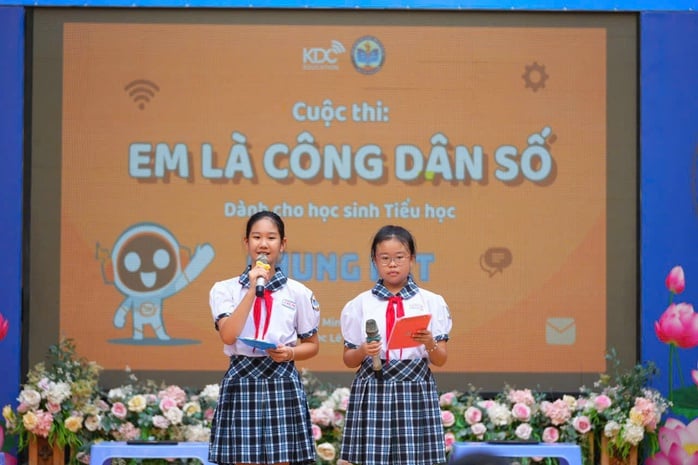
Ministry of Education and Training prescribes 3 forms of NLS implementation
The implementation process needs to be carried out step by step, with a synchronous roadmap, ensuring feasibility, especially not causing overload. Specifically, not changing or overloading the 2018 General Education Program and the Continuing Education Program. It is necessary to compare with the requirements of each subject and educational activity to integrate the content of improving NLS for each subject in a reasonable manner. The content and activities of developing NLS must be designed to suit the psychology of the age, needs and ability to access technology of students at each level. Ensuring fairness, having appropriate solutions so that all students, especially those in areas with difficult socio -economic conditions, have the opportunity to access digital citizenship skills education...
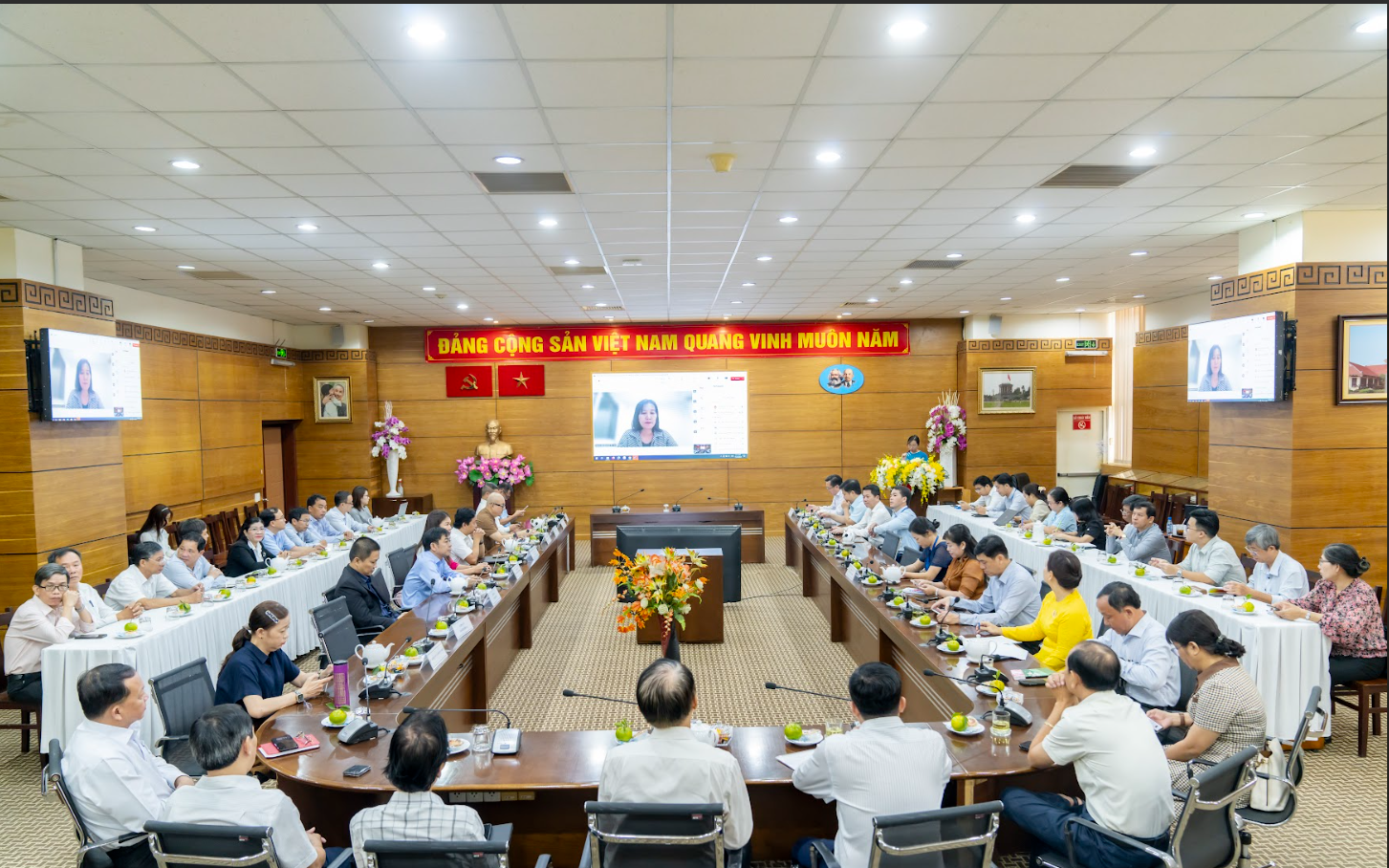 Ho Chi Minh City: Proposing 8 competencies in the digital competency framework for high school students
Ho Chi Minh City: Proposing 8 competencies in the digital competency framework for high school studentsThe Ministry of Education and Training prescribes 3 forms of NLS implementation, including:
Teaching IT according to the 2018 General Education Program: IT plays a key role, providing basic knowledge and core digital skills. IT teachers not only teach but also have the role of consulting and supporting teachers of other subjects in integrating digital content into lessons, effectively exploiting technology tools in teaching.
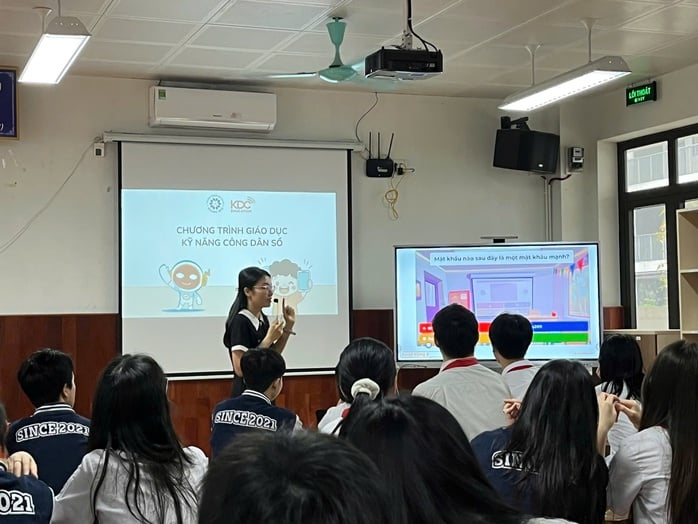
The implementation process needs to be carried out step by step, with a synchronous roadmap, ensuring feasibility, especially not causing overload.
Integrating NLS development in subjects and educational activities: Other subjects and educational activities in the general education and continuing education programs create an environment for students to apply digital skills in practice, thereby consolidating and developing comprehensive capacity. Integration can be done within subjects or across subjects, comparing subject content with the NLS framework to develop appropriate teaching plans. Encourage the integration of NLS development through STEM educational activities, scientific research, and learning projects related to artificial intelligence (AI).
Organizing enhanced teaching and learning, NLS development clubs: Based on the NLS framework and practical conditions, educational institutions develop plans to enhance the implementation of the NLS framework with appropriate content and duration to form early the necessary skills for digital citizens from grade 1. Content is often built according to topics and modules suitable for the competency domains in the NLS framework. Depending on the conditions, needs and aspirations of students, educational institutions choose the appropriate form of organizing clubs.
Source: https://nld.com.vn/bo-gd-dt-trien-khai-khung-nang-luc-so-cho-hoc-sinh-pho-thong-196250709143817111.htm





![[Photo] Phu Quoc: Propagating IUU prevention and control to the people](https://vphoto.vietnam.vn/thumb/1200x675/vietnam/resource/IMAGE/2025/8/24/f32e51cca8bf4ebc9899accf59353d90)


![[Photo] Party and State leaders meet with representatives of all walks of life](https://vphoto.vietnam.vn/thumb/1200x675/vietnam/resource/IMAGE/2025/8/24/66adc175d6ec402d90093f0a6764225b)


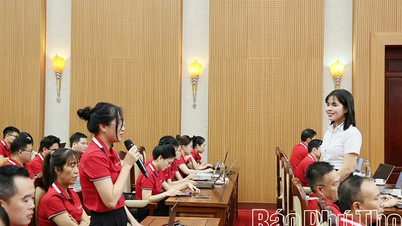

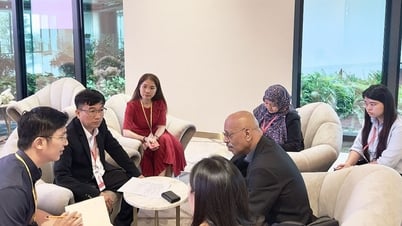





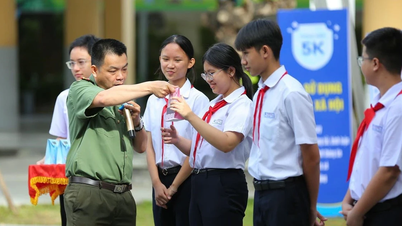





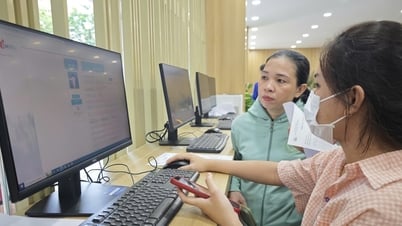


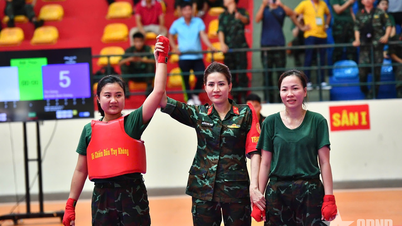









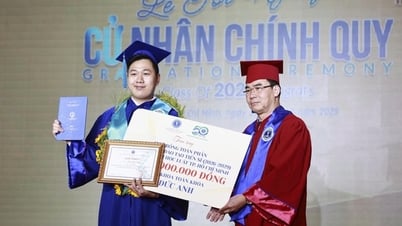




























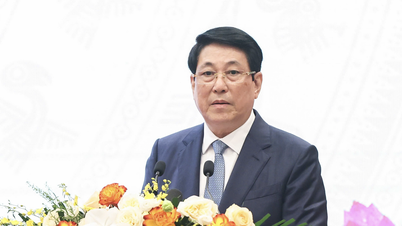
















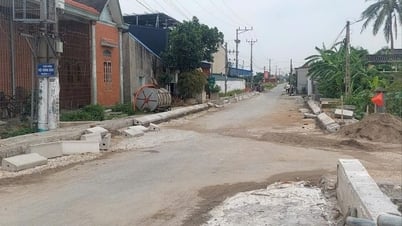

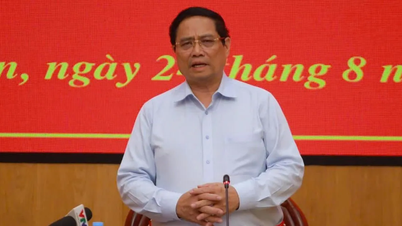






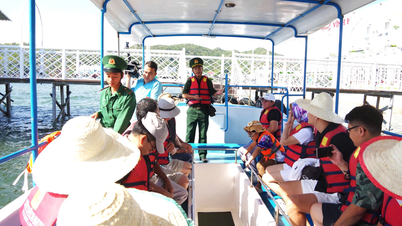















Comment (0)